Eat Like a Royal: The surprisingly simple food rules of a famous monarch
I spent years in professional kitchens where every single detail mattered. While I never worked in a palace myself, I was trained by chefs who did, and let me tell you, the philosophy is universal. Cooking for the top brass isn’t about flashy trends; it’s about discipline, consistency, and making simple food taste absolutely perfect. We all see the images of grand state dinners with gold plates and menus a mile long, but the private, day-to-day eating habits of a figure like the late Queen were a whole different story. It was a fascinating world of routine, comfort, and a deep, practical connection to the land.
In this article
Honestly, to understand the food, you have to understand the person behind it. This wasn’t a ‘foodie’ in the modern sense, always chasing the next new flavor. The meals were a mirror of her personality: structured, dependable, and deeply rooted in British tradition. This isn’t just gossip from a magazine; it’s the reality of running a high-stakes kitchen where the principal’s needs are everything. From the formal menu approval process to using ingredients sourced directly from the estates, nothing was left to chance.
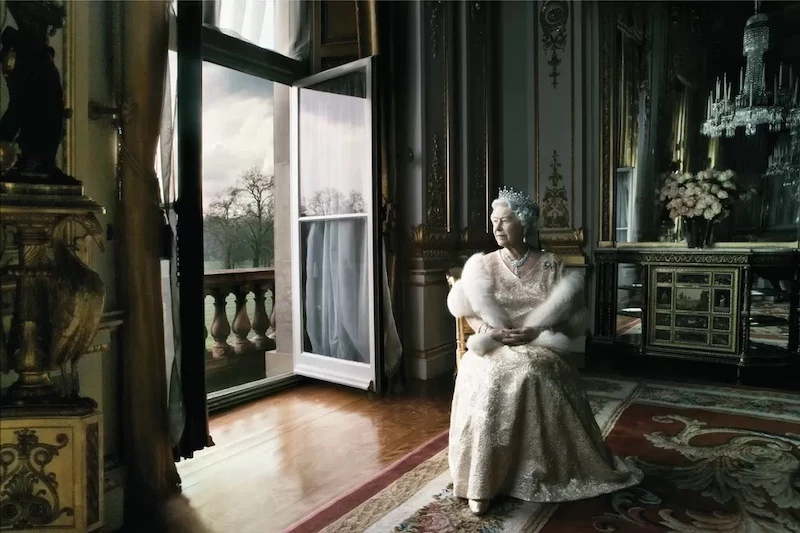
So, let’s pull back the curtain and look at the food that fueled one of the most famous figures in modern history. We’ll get into the ‘what,’ the ‘why,’ and most importantly, the ‘how’ you can bring a touch of that refined simplicity to your own kitchen.
The Menu System: A Masterclass in Planning
Before a single stove was lit, meals were planned with an almost military precision. Insiders from those kitchens have talked about a special leather-bound book with menu suggestions, all written in French, a nod to classic culinary tradition. The head chef would present this book, often days in advance. She would then review the options, crossing out any dishes she wasn’t in the mood for and sometimes penciling in a personal request.
This wasn’t just micromanaging; it was brilliant. First, it created a predictable structure for a life that was anything but. Second, it was a crystal-clear line of communication. No confusion. If a dish got the green light, it had to be flawless. If it was crossed out, it was off the table for the week. This control also applied to the ingredients. The kitchens at the main residences, especially the Scottish estate, relied heavily on what was grown and raised right there. This wasn’t some new-age ‘farm-to-table’ trend; it was a time-honored, practical way of life. You use what you have, and the quality is second to none.
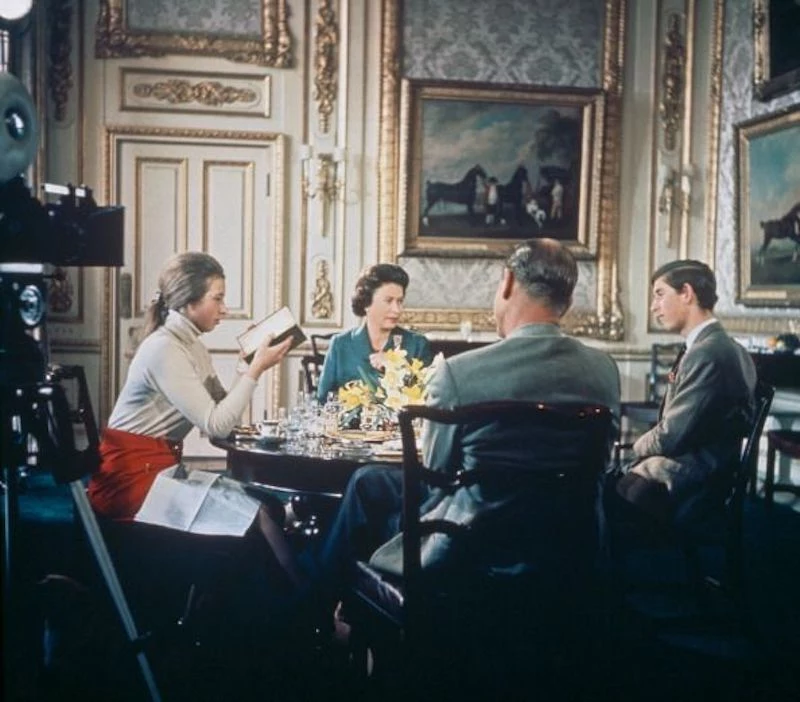
The Morning Ritual: Simple and Unchanging
You might imagine a royal breakfast is some huge, elaborate spread. The reality? Far more modest and something most of us would recognize.
Perfectly Brewed Tea and Simple Cereal
The day always started with tea. Specifically, a classic Earl Grey from a famous, long-standing British tea company that holds a Royal Warrant—a prestigious seal of approval for supplying the royal household. And it was brewed the proper, old-school way.
Here’s the professional technique. You never, ever just dunk a tea bag in a cup. It’s a ritual. First, you warm a silver or bone china teapot by sloshing a bit of hot water in it. This keeps the pot from instantly cooling the brewing water. You use loose-leaf tea—the rule of thumb is one teaspoon per person, plus one for the pot. The water is key; it should be fresh and heated to just under boiling, around 205°F (96°C). Fully boiling water can actually scorch the delicate bergamot oil in Earl Grey, making it taste bitter. After steeping for 3-5 minutes (any longer and it gets harsh), it’s poured through a strainer into a cup. She famously took hers with a splash of milk and no sugar.

By the way, for those of us in a hurry, you can still level up your morning tea. Just use a quality loose-leaf tea in an infuser ball, pay attention to the water temperature, and time your steep. It makes a world of difference compared to a forgotten, over-steeped bag.
After the tea, breakfast was often just a bowl of cereal, like a simple corn flakes or Special K. What I love is the detail that it was sometimes served right from a plastic storage container. It’s a little dose of reality that cuts through the myth of constant formality. This would usually be accompanied by fresh fruit, especially berries picked from the gardens of the country estates.
Lunch and the Sacred Afternoon Tea
While breakfast was purely functional, the middle of the day held some true culinary highlights. Lunch was usually light, but afternoon tea? That was a non-negotiable daily tradition.
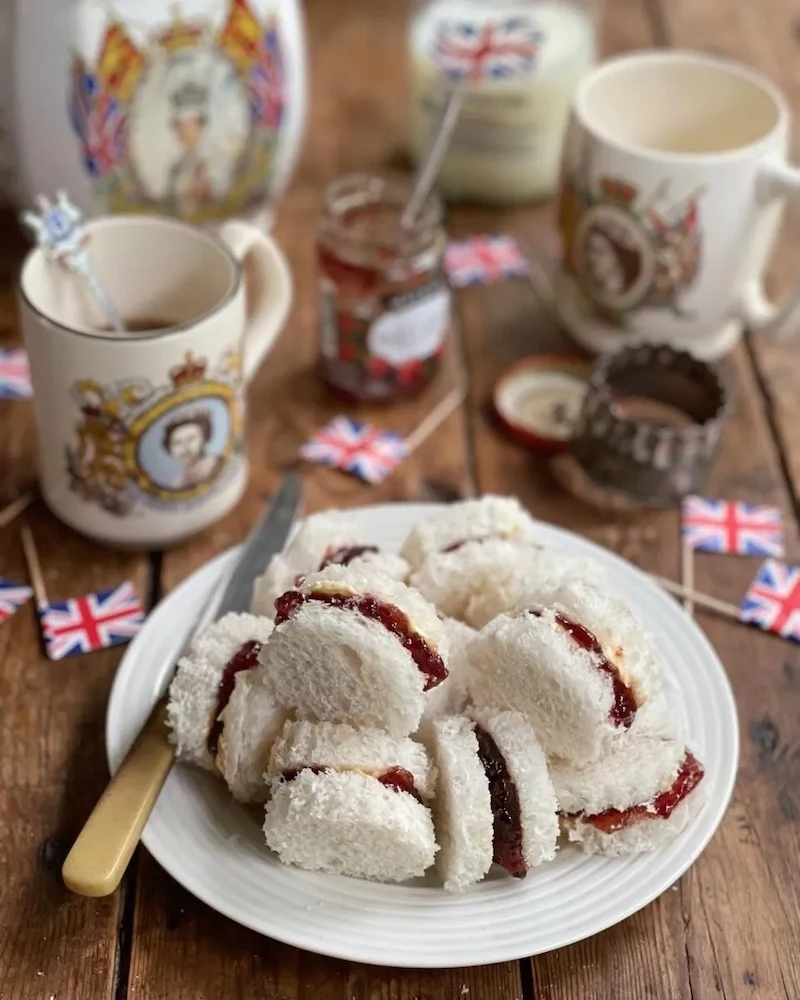
For lunch, the preference was for simple grilled or poached fish, like Dover sole, with a side of steamed vegetables like spinach or courgettes from the garden. This wasn’t about dieting, but about smart eating to maintain energy for a packed schedule. When you have a perfect piece of fish, a chef knows the worst thing you can do is drown it in heavy sauces. It would be cooked with a touch of butter, salt, and pepper, and maybe a final squeeze of lemon. Simple, clean, and elegant.
The Unbeatable Afternoon Tea
This meal was the true cornerstone of the day—a moment to pause and enjoy some nostalgic favorites.
The Famous Jam Penny Sandwich
This is a sandwich she was said to have eaten almost daily since childhood. The beauty is in its precise simplicity. You need thinly sliced white bread, good-quality unsalted butter (softened so it doesn’t tear the bread), and excellent strawberry jam. The jam was often made on the Scottish estate from tiny, intensely flavorful local strawberries. If you want to replicate this, look for the best-quality strawberry preserves you can find, not a watery jelly. Small-batch brands are often a great bet.
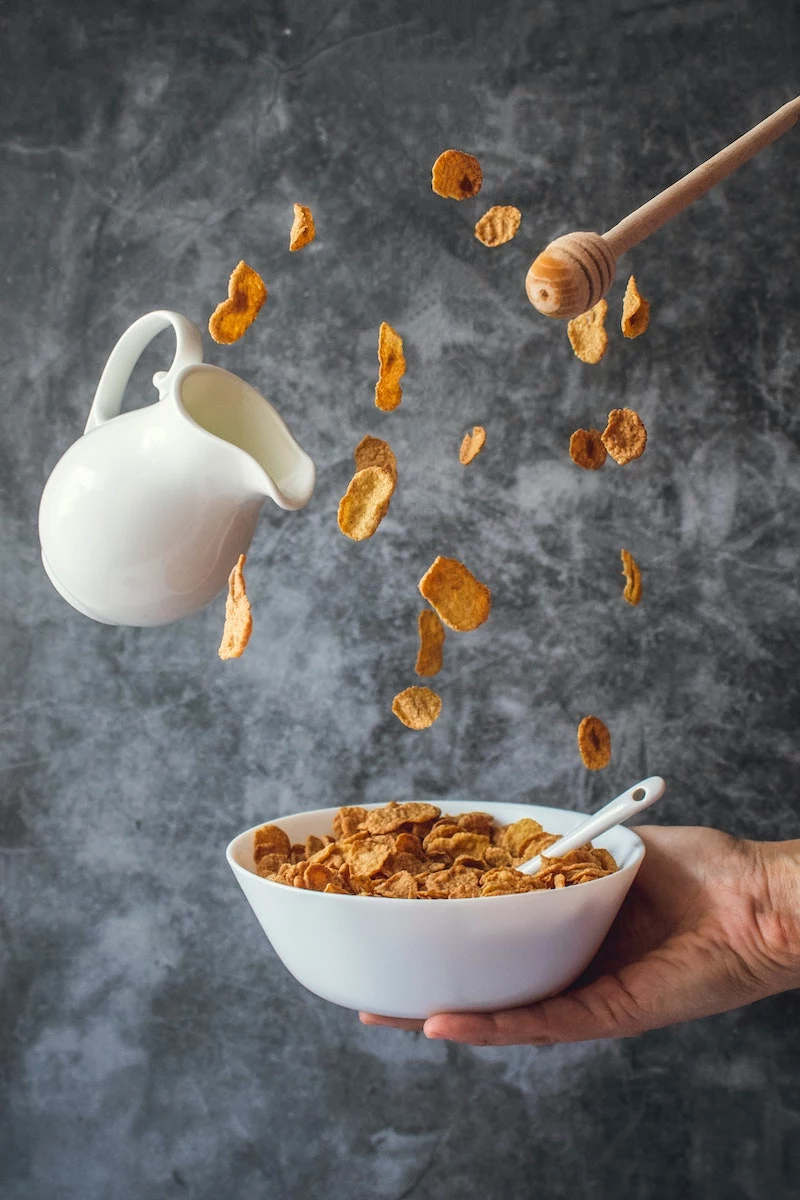
The technique is key: butter the bread all the way to the edges. This creates a barrier to stop the jam from making the bread soggy. A thin layer of jam goes on top. Then, the crusts are meticulously sliced off. Finally, and this is where the name comes from, the sandwiches are cut into small circles using a cutter about the size of an old English penny.
Quick tip: For perfectly clean cuts, pop the assembled sandwich in the fridge for about 10 minutes before you slice off the crusts and stamp out the circles. It makes a huge difference!
The Ultimate Chocolate Biscuit Cake
If there was one dessert that was the absolute favorite, this was it. She was so fond of it that any leftovers would travel with her from one residence to another. Nothing was wasted.
Now, this isn’t a light, fluffy cake. It’s a dense, rich, no-bake chocolate bar that’s unbelievably good. The secret is all about balancing the rich chocolate with the crunchy texture of the biscuits.
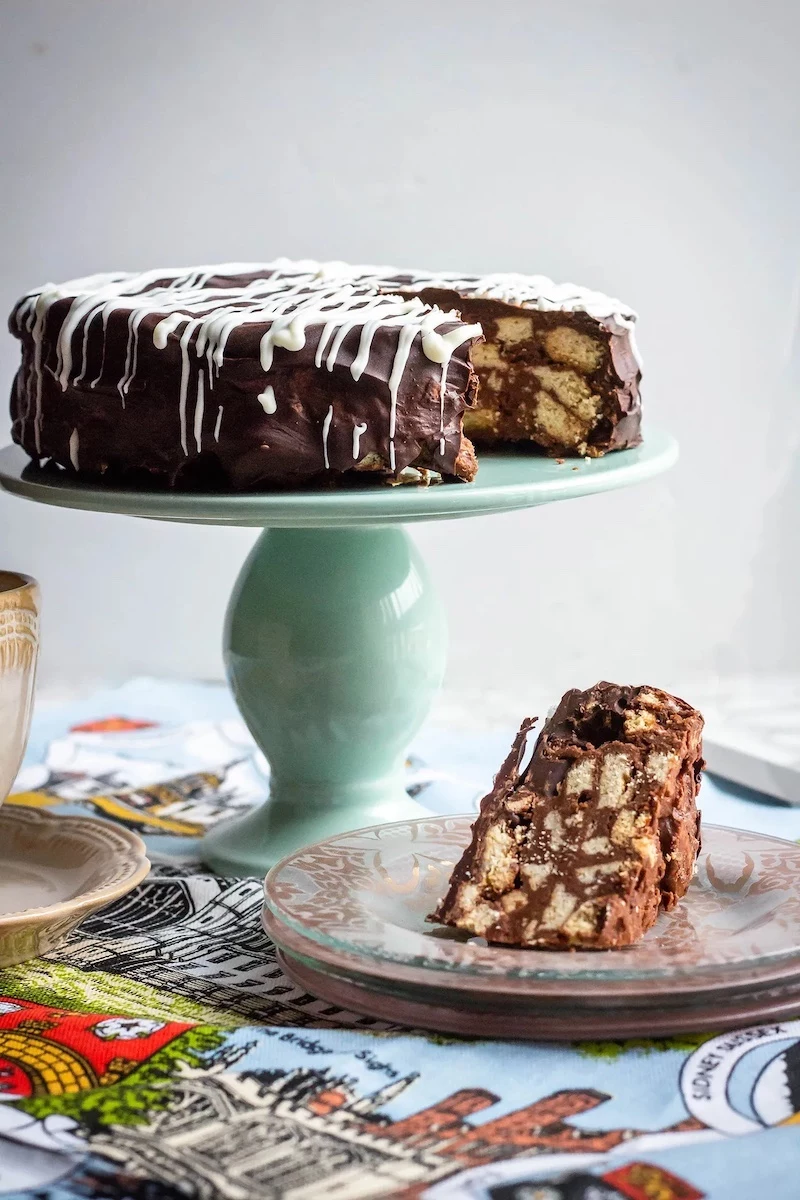
Let’s break down how you can make this at home.
Shopping List: – 8 ounces (about 225g) of good dark chocolate (at least 60% cocoa) – 8 ounces of simple, crisp biscuits (like Rich Tea or Maria cookies) – 4 ounces (1/2 cup or 1 stick) of unsalted butter – 4 ounces (about 1/2 cup) of granulated sugar – 4 tablespoons of milk – (Optional) 8 ounces of chocolate for the icing
Step-by-Step Guide: 1. Start by greasing and lining a 6-inch round cake pan with parchment paper. 2. Break the biscuits into small, almond-sized pieces. Don’t crush them into dust! You want texture. Set them aside. 3. In a saucepan over low heat, melt the butter and sugar together. Stir until the sugar is dissolved, then bring it to a gentle boil for just a minute. 4. Take the pan off the heat and stir in the milk. Then, break your dark chocolate into pieces and add it to the hot butter mixture. Stir until it’s completely melted and glossy. 5. Pour this luscious chocolate mixture over your broken biscuits and mix gently until every piece is coated. 6. Spoon the mixture into your prepared pan, pressing it down firmly to eliminate any air pockets. 7. Now for the hard part: patience. Chill the cake in the refrigerator for at least 3-4 hours, or until it’s completely firm. 8. Once set, you can turn it out onto a wire rack. If you want to go all out, melt the extra 8 ounces of chocolate and pour it over the cake, smoothing the top and sides with a spatula.
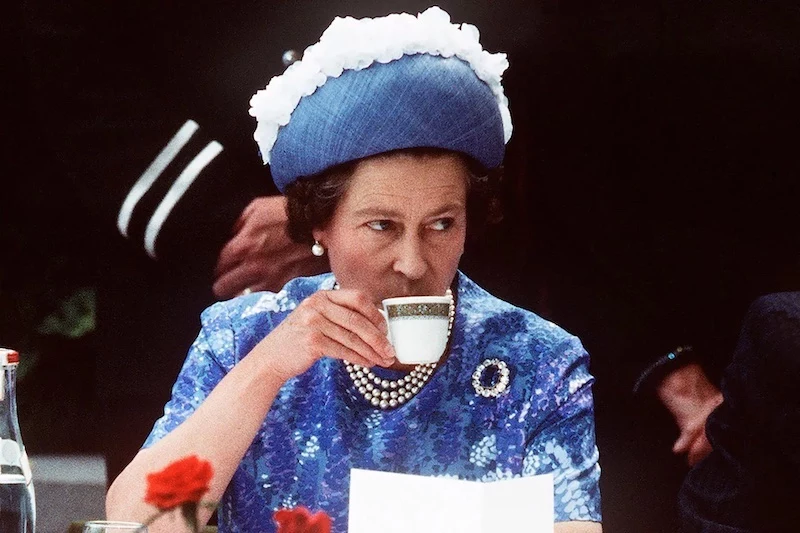
Good to know: Don’t skimp on the chocolate! This isn’t the time for baking chips. A good quality bar, like Lindt or Ghirardelli, will cost you between $4 and $7 but is absolutely worth it for the flavor. And if you can’t find British Rich Tea biscuits, simple Maria cookies or even plain digestive biscuits work great. For a richer flavor, some recipes use golden syrup instead of sugar; if you can’t find it in the international aisle, you can substitute with light corn syrup with a tiny drop of molasses mixed in.
A common mistake to avoid: Getting water in your melting chocolate! It will cause the chocolate to ‘seize’ and become a gritty, clumpy mess. Make sure your bowl, pan, and utensils are bone dry before you start.
Dinner: A Taste of the Countryside
Dinner was often a reflection of what was in season on the country estates, especially during stays in Scotland or Norfolk.
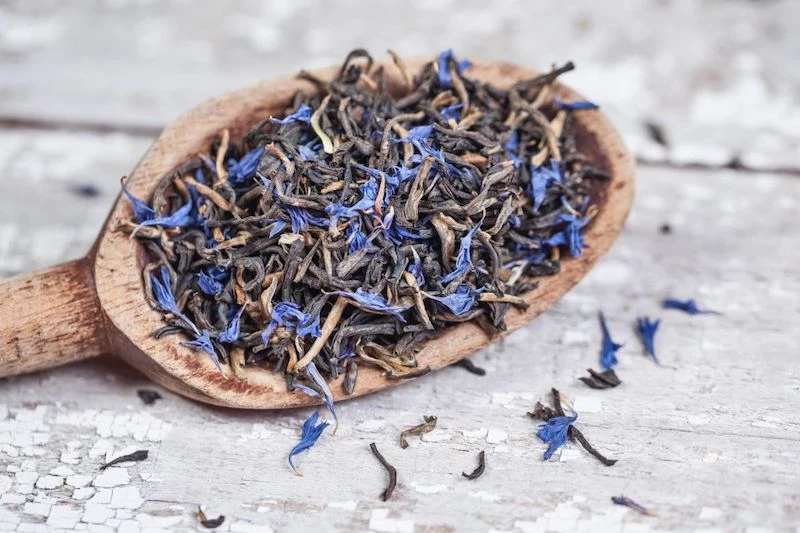
The classic Sunday roast was an institution. The preference, however, was for the meat to be cooked well-done. Now, as a chef, you’re trained that medium-rare is where the flavor is at. But rule number one is to cook for your client, not for yourself. It actually takes skill to cook meat well-done without it turning into shoe leather. The secret is to go low and slow. For a roast, try a temperature of around 325°F (160°C) and plan for about 30-35 minutes per pound. This gently breaks down the connective tissues, keeping the meat juicy.
And of course, it was served with all the trimmings: roast potatoes cooked in goose fat (the absolute best!), gravy from the pan juices, and seasonal veg straight from the garden.
There was also a real appreciation for game meat—venison, pheasant, and grouse were staples. One of the most famous dishes was a Gaelic Steak: venison fillets served with a sauce of mushrooms, cream, and a splash of Scottish whisky. It’s a classic combination that perfectly balances the rich meat with earthy, sweet, and smoky flavors.
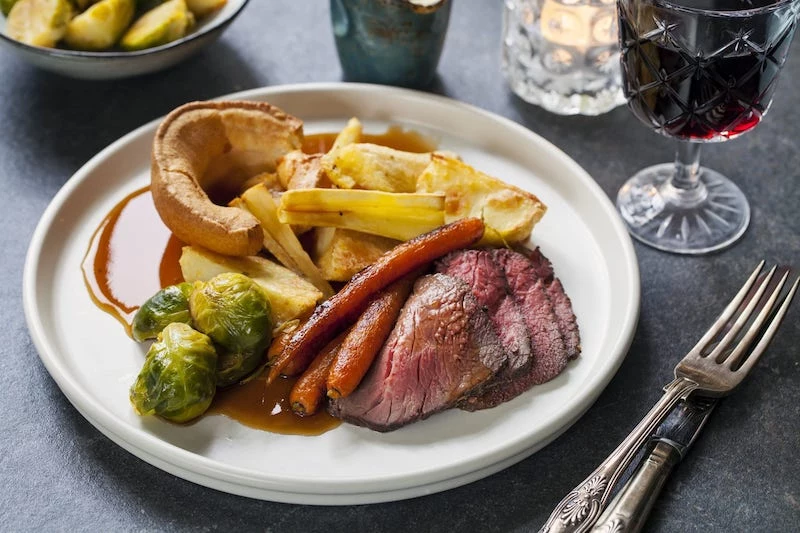
The Pre-Dinner Drink
Before dinner, the preferred cocktail was often a Gin and Dubonnet. It’s a bit of an old-fashioned choice, but a genuinely delicious one that was also a favorite of her mother.
It’s simple to make: – The Ratio: One part London dry gin to two parts Dubonnet. – The Method: Stir both ingredients with plenty of ice in a mixing glass. Strain into a short glass over fresh ice. Garnish with a slice of lemon (don’t skip this, the citrus oil is essential!).
So what is Dubonnet? It’s a French fortified wine apéritif, which is a fancy way of saying it’s a sweet, herb-infused red wine. It was originally created to make quinine more palatable for soldiers to ward off malaria. That history explains its unique flavor profile—it’s sweet, but with a slightly bitter, herbal finish that really gets your appetite going. Just remember, it’s a strong drink, meant to be sipped and enjoyed responsibly before a meal.
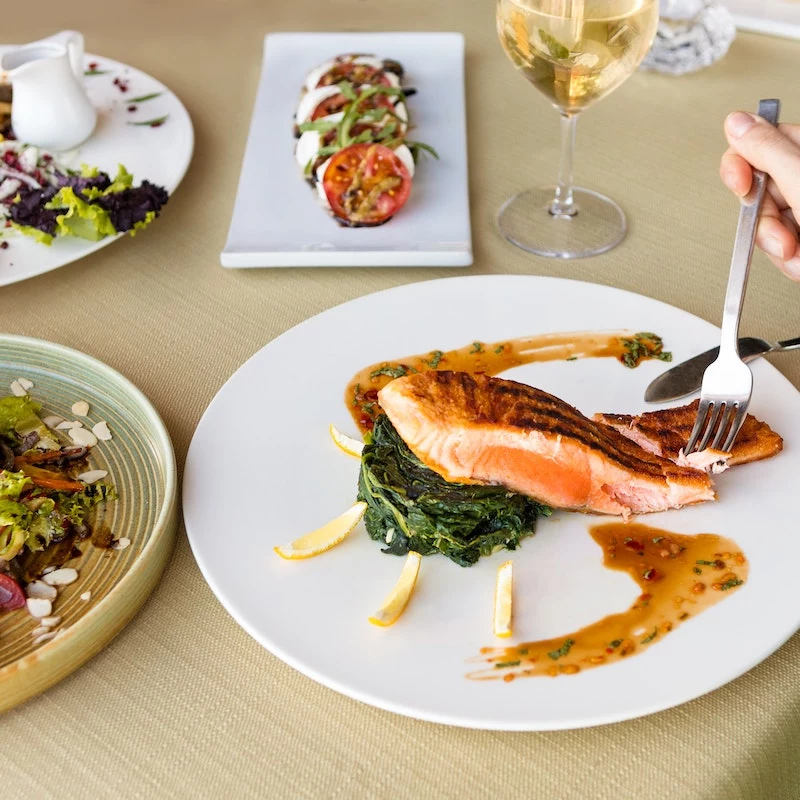
Foods Famously Left Off the Menu
Just as important as knowing what she liked was knowing what to avoid. It was all about practicality. – Garlic & Onions: These were used very sparingly. When you meet hundreds of people a day, it’s a simple professional courtesy. – Starches at Dinner: She often skipped potatoes, rice, or pasta with her evening meal as a personal health preference. – Rare Meat: As mentioned, all meat had to be well-done. No exceptions. – Bread Crusts: Any sandwich, not just the jam pennies, would have the crusts meticulously removed.
Final Thoughts From the Royal Table
Looking at these lifelong food habits offers a real lesson in the discipline of eating. The diet was built on quality, ritual, and a ‘less is more’ philosophy. It was about eating what’s in season, valuing consistency over novelty, and understanding that simple food, made perfectly, is the greatest luxury of all. The takeaway for all of us home cooks is clear: buy the best ingredients you can afford, master the basics, and find your own joy in the simple, comforting traditions you create at your own table.

Inspiration:

Ever wondered how to truly taste the quality approved by the palace? The secret lies in the Royal Warrant, a mark of distinction granted to suppliers to the Royal Household. It’s a seal of approval that signifies tradition and excellence. Here are a few staples that graced the royal table:
- Twinings Tea: The day reportedly began with a pot of their Earl Grey, a brand that has held a Royal Warrant for tea since 1837 during the reign of Queen Victoria.
- Wilkin & Sons Tiptree Jam: The classic afternoon tea scone was often made complete with a spread of their sweet strawberry preserve, a favourite sourced from this Essex-based purveyor.
- Charbonnel et Walker Chocolates: For a touch of indulgence, these master chocolatiers supplied their exquisite creations, with their Rose and Violet Creams said to be a particular favourite.










